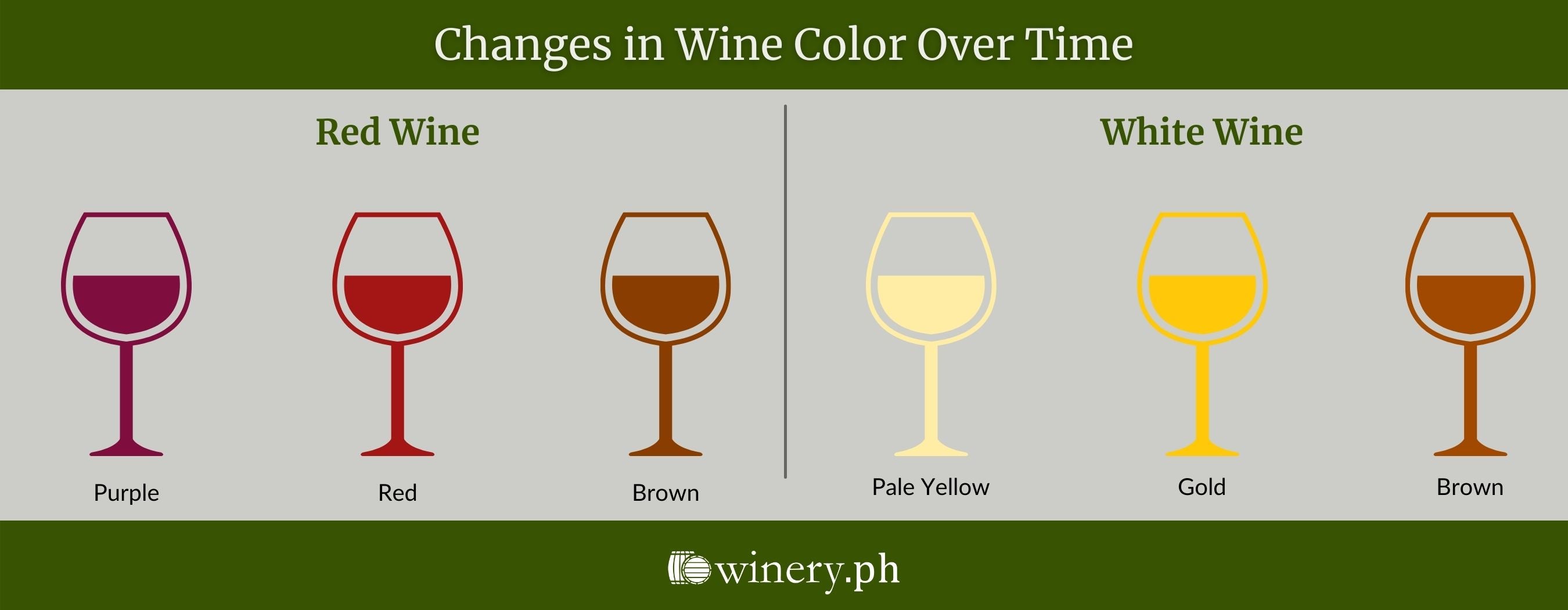
The Guide to Aging Wine: Why and When Should You Age Wine
One of the most interesting, but stress-inducing things about wine is that it’s alive. It can evolve into something beautiful with nuanced, intriguing layers of flavors and smooth tannins. Or it can turn flat. Meanwhile, some may hardly change after years of storage. So what is the perfect time to open a bottle of wine? And just because you can age a wine, should you? We answer these questions and more below.
What Happens as Wine Ages?
Before discussing whether or not you should age wine, it’s important to understand what happens when wine ages. We can generalize it into three stages: young, peak, and peaked. Young wine may be unbalanced with more tannins, fruit, or acid than you’d like. Wine at its peak is when the aging has mellowed out the flavors into a balanced, layered, and smooth wine. Often this means that the powerfully fruity flavors have evolved into more savory ones. This peak period can last years. A wine that has peaked on the other hand as over-matured meaning any vibrant characteristics have faded.
Color is another element in wine that changes as it ages. Red wines will become less opaque and develop a copper, brownish hue. White wines on the other hand turn into a dark gold and later into a brown color. While these aged colors don’t always mean a wine has peaked, it’s something to keep an eye on when pouring yourself a glass as it can hint at the flavor that awaits.
Nevertheless, drinking an old wine has a romantic allure. It can help us re-experience a special event in our lives such as an anniversary or a birthday. Drinking it can also mean experiencing flavors and textures that you would never have experienced had it not been aged. But how do you know when a wine will benefit from aging?
When Do You Age Wine and When Do You Not?
Factors that determine a wine’s capacity to age are tannin, acidity, and the winery’s reputation for producing age-worthy wines. The acidity helps stabilize a wine, allowing the fresh vibrant flavors to last longer. Tannins give structure to red wines and as it ages, the tannins will soften. However, the number of wines that are initially out of balance when they are young and then develop as they age is few.
In fact, approximately 1% of all the wine produced in the world is meant to be aged. In other words, 99% of all the wine we buy today, is meant to be enjoyed within the next five years. While it doesn’t mean that wine expires, it means you shouldn’t purposefully age it because you won’t gain any new flavors or textures in doing so. So how can you tell which wine to age and which to not?
A good rule of thumb is any wine under PHP1,500 is meant to be enjoyed within 5 years of its vintage, otherwise, it can start to deteriorate. Similarly, any wine housed inside clear bottles is not designed to be aged as the exposure to light speeds up the chemical reactions in the bottle. Likewise, the majority of wines above PHP1,500 can also be consumed within the next 5 years. It’s only those considered truly premium that will benefit from aging. Examples of these wines can be found in our luxury wine selection. Of course, aging has to be done right. In other words, store your wine properly in a cool, dark place and make sure it’s stored horizontally if it has a cork closure.

Fun fact: for every 10 degrees Celsius increase in temperature, the rate of chemical reactions within the wine doubles. So you definitely want to keep the temperature in mind if you plan on aging wine.
But of course, the best way to know if a wine needs aging is by tasting it. This is because the elements that suggest a wine will be better with age are determined by taste: high acidity, complex flavors, and firm tannins. So if you really want to experiment with aging wine, you can buy several bottles of the same wine and try a bottle every year to discover how it evolves. After all, a good hallmark of a fantastic wine is being able to open it and drink with family and friends while discovering something new with each smell and sip.
Aging Guidelines for Wine Varieties
Whilst the majority of wines are already at their peak drinking windows such as Pinot Noir and Sauvignon Blanc, there are of course some wines that will benefit from aging. So with that being said, below are some guidelines on how long to age various wine varieties. Take note that you should count the years from the vintage date, not the date you purchased the wine.
- 3-5 Years: White Bordeaux (France), Chardonnay (California or France)
- 5-7 Years: Chenin Blanc (France), Merlot (California or France)
- 7-10 Years: White Burgundy (France), Syrah (California or France)
- 10-15 Years: White Rioja (Spain), Semillon (France), Cabernet Sauvignon (California)
- 15-20 Years: Barolo (Italy)
Interestingly, some German Rieslings can be aged for 10-30 years. Of course, there are wide variations within varieties: from growing conditions, winemaking styles, or personal preference.
Whether you like to drink your wine as soon as it gets past your front door, or you have a few bottles stored away, the important thing to remember is that the older a wine is, doesn’t always mean it’s better. So give yourself permission to drink wine whenever you want. After all, wine is meant to be drunk, not stored away for years, and forgotten about.



